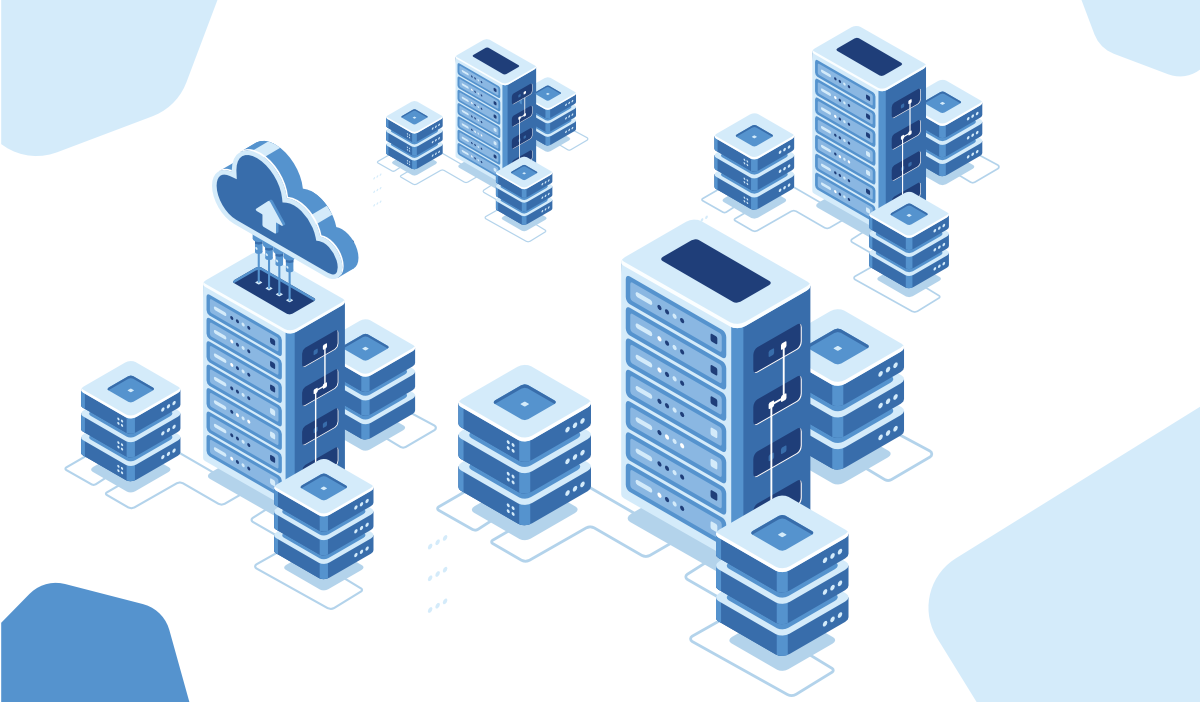The evolution of relational databases has been a fascinating journey, marked by significant milestones and innovations. Let’s trace the development from the early days of relational databases to the modern era of cloud-based databases.
1. Codd’s Relational Model (1970):
- In 1970, Edgar F. Codd proposed the relational model of databases, introducing the concept of tables with rows and columns, keys, and the relational algebra.
- This model aimed to provide a more abstract and mathematical approach to database management, emphasizing data independence and ease of use.
2. SQL and Commercialization (1970s-1980s):
- The development of the Structured Query Language (SQL) in the mid-1970s standardized database interaction.
- Commercial relational database management systems (RDBMS) like Oracle, IBM’s DB2, and Microsoft SQL Server emerged, bringing the relational model into practical use.
3. Normalization and Integrity (1970s-1980s):
- The database community focused on normalization techniques to eliminate data redundancy and maintain data integrity.
- Normal forms like 1NF, 2NF, and 3NF were introduced to guide the design of well-structured relational databases.
4. Object-Relational Databases (1990s):
- As applications became more complex, there was a need to store not just simple data types but also complex objects.
- Object-Relational Database Management Systems (ORDBMS), like IBM Informix and PostgreSQL, integrated object-oriented features with relational databases.
5. Web and NoSQL Databases (2000s):
- The rise of the internet and web applications brought new challenges, such as the need for scalable and flexible databases.
- NoSQL databases like MongoDB, Cassandra, and Redis emerged, offering non-relational, distributed, and horizontally scalable solutions.
6. Big Data and Distributed Databases (2010s):
- The era of big data prompted the development of distributed databases like Apache Hadoop and Apache Spark.
- NewSQL databases, such as Google Spanner and CockroachDB, aimed to combine the scalability of NoSQL with the ACID properties of traditional databases.
7. Cloud-Native Databases (2010s-Present):
- Cloud computing revolutionized how databases are deployed and managed.
- Cloud-based database services like Amazon RDS, Azure SQL Database, and Google Cloud Spanner offer scalable, managed solutions with features like automatic backups, high availability, and global distribution.
8. Serverless Databases (2020s):
- The concept of serverless computing extended to databases, with services like AWS Aurora Serverless and Google Cloud Firestore, allowing developers to focus on application logic without managing database infrastructure.
9. Blockchain and Decentralized Databases:
- Blockchain technology introduced decentralized and tamper-proof databases with applications in finance, supply chain, and beyond.
10. Graph Databases:
- Graph databases like Neo4j became popular for handling complex relationships in data, particularly in social networks and recommendation systems.
11. Machine Learning Integration:
- Databases are increasingly incorporating machine learning capabilities for tasks like query optimization, anomaly detection, and predictive analytics.
12. Rise of Multi-Model Databases:
- Some databases support multiple data models (document, graph, key-value) within the same system, offering flexibility for diverse use cases.
The evolution of relational databases has been driven by the changing needs of applications, advancements in technology, and the quest for better scalability, performance, and flexibility. The current landscape is characterized by a diverse array of database types, each suited to specific use cases in the dynamic world of information management.








